According to a theory dating back to over 5000 years ago, the Lunar calendar celebrates its first new day when a new moon appears. The Lunar New Year holiday started as a ceremonial time to mark the end of winter’s coldest days, pray for good harvest seasons and usher in good luck.
What are the differences between the Lunar New Year, Chinese New Year and the Vietnamese “Tết”?
There are many similarities and points of differences. Both China and Vietnam follow the same lunar calendar and celebrate the New Year on the same date, which falls on February 1st, in 2022.
For both countries, it’s all about dedicating time for family gatherings, ancestors worshiping, exchanging good wishes for the coming year, giving lucky money in red envelopes to children, decorating the home with flowers and kumquat trees, and shooting off firecrackers to ward off evil spirits.
In China, the New Year celebration starts from the 8th day of the last month in the lunar calendar until the 15th day of the first month in the lunar calendar, which is the Lantern Festival.
The Tết festival is shorter in Vietnam. It starts a week before the New Year day or the 23rd day of the last month in the lunar calendar, when Vietnamese people offers prayers to send off the Kitchen God to heaven and ends on the 7th day of the New Year in the lunar calendar.
Schedule is also different in Vietnam. On the first day, Vietnamese usually visit their parents on the husband’s side; on the second day they visit parents on the wife’s side; and lastly, they spend their third day of Tet visiting their teachers.
Another difference lies in the name of both celebrations. While the New Year is called Spring festival (Chūnjié – 春節) or Chinese New Year in Greater China, it is called Tết in Vietnam, short for Tết Nguyên Đán – Feast of the First Morning of the First Day.
Food enjoyed during this special period is one of the biggest differences! In Vietnam, people would prepare sticky rice packed in plant leaves (Bánh chưng and Bánh Tét ), green rice cakes, Vietnamese sausages (Giò chả), Braised Caramelized Pork with boiled eggs (Thit Kho) and candied fruits.
Chinese people would plan a lucky menu with each dish symbolizing prosperity, health, togetherness or fecundity.
For both countries, this is the most important holiday in the year, and families gather together to celebrate, enjoy good food and prepare for a lucky year ahead.
Living in the American melting pot, I like to respect and combine both cultures and call this major festival the Lunar New Year. I have to mention that this is not without controversy, as there are other cultures which are also following the lunar calendar but are celebrating their new year on another date. In any case, as long as no intentional offense is meant, I hope that almost everyone will just be happy to share and celebrate the festive occasion all around the world, whatever it’s called.
What is Lunar New Year?
This lunar calendar rotates each year an animal from the 12 Chinese zodiac animal signs (Rat, Ox, Tiger, Rabbit or Cat for Vietnamese, Dragon, Snake, Horse, Goat, Monkey, Rooster, Dog and Pig), as opposed to every month like in the Gregorian calendar.
Each year has a different sign, meaning each person is represented by one of the 12 animals according to the birth year. The celebration of animals is called zoolatry and dates back 2000 years ago to the Qin dynasty.
2021 was the Year of the Ox. February 1st 2022 will start the New Year of the Tiger.
“Tigers are courageous and active people who love a good challenge and adventure in life. Like their eponymous zodiac animal, people born in years of the Tiger are vigorous and ambitious, daring and courageous, enthusiastic and generous, self-confident with a sense of justice and a commitment to help others for the greater good.”
People born in 1938, 1950, 1962, 1974, 1986, 1998, 2010 and 2022 are Tigers! Are you one?
Lunar New Year Traditions
According to customs, the homes should be cleaned and tidied up before the new year celebration, as it considered bad luck to clean during the new year, it’s like sweeping your luck away. The home is decorated with colorful flowers like peach blossoms, yellow chrysanthemum and red gladiola.
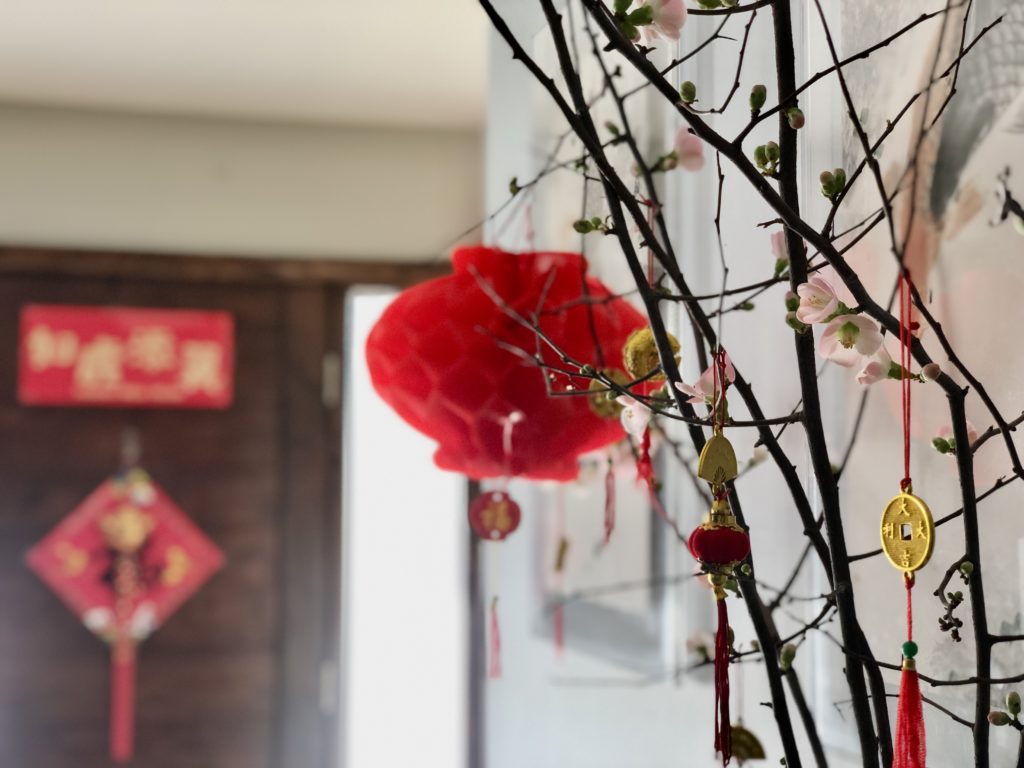
On Lunar New Year’s eve, a family reunion dinner is held. In Asia, people also often shoot off fireworks or firecrackers, making loud noises to scare off monsters and bad luck.
On New Year’s day, people like to wear red color as this color is associated with luck and prosperity. The family gathers again to celebrate and wish each other good fortune and blessings in the coming year, and this is when red envelopes containing money are given to children to pass on good fortune and blessings.
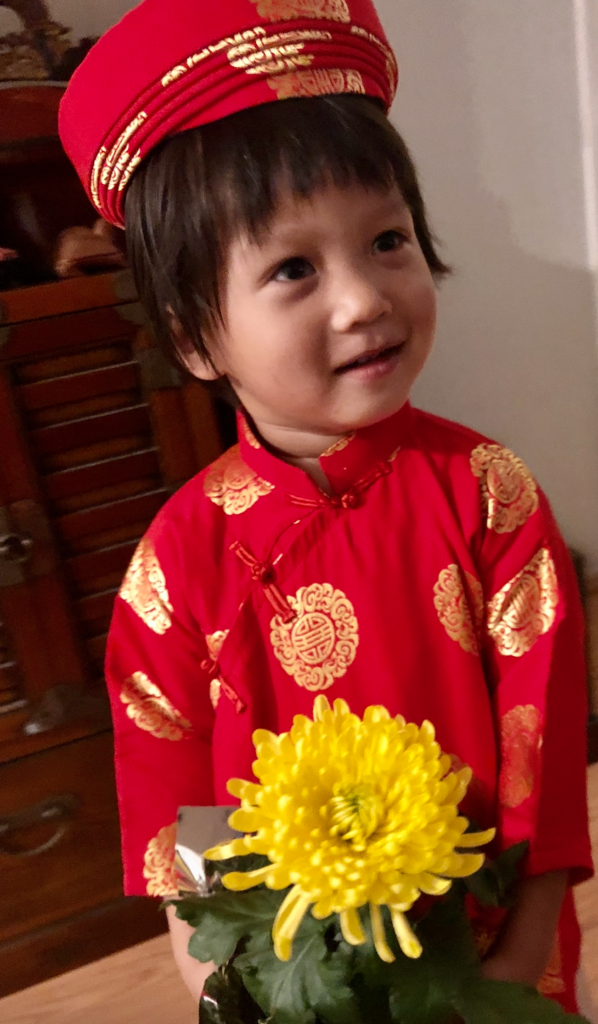
Before the Pandemic, parades and performances, including lion dances are held in public areas, with celebrants wearing traditional costumes. The colorful decorations and fireworks symbolically ward off evil spirits.
It’s customary to make offerings to ancestors to ask for blessings in the new year.
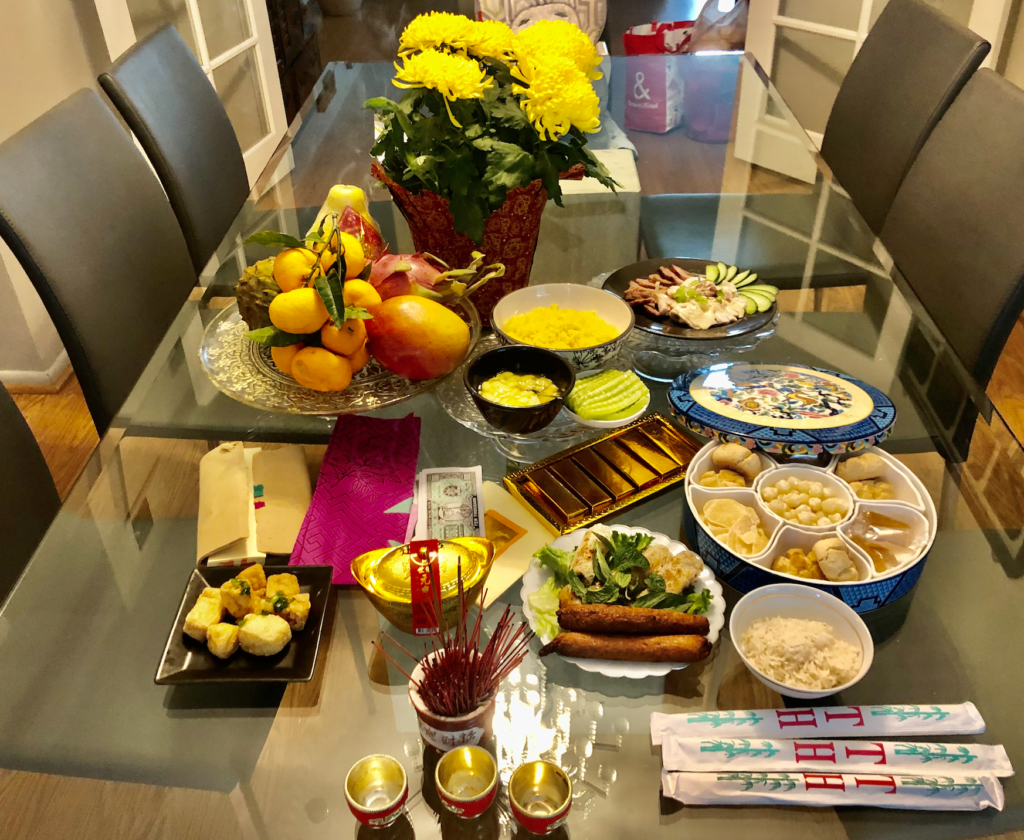
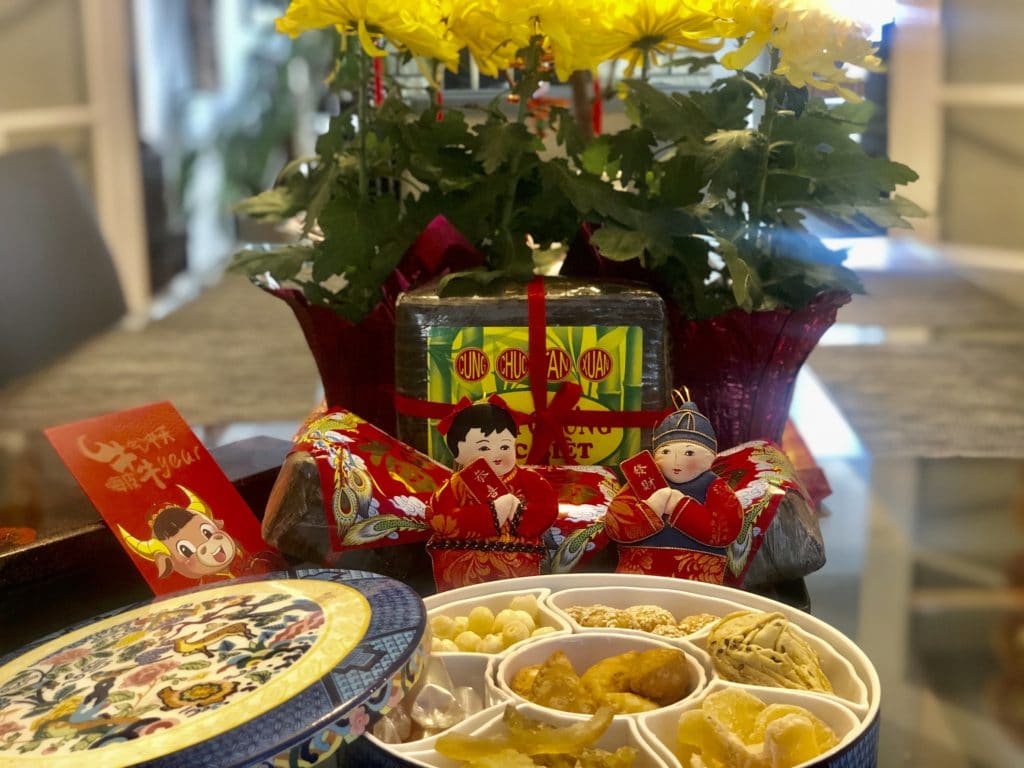
Family comes together to celebrate with food and parties – The menu is carefully planned to encourage prosperity, longevity and good luck for the new year.
Here’s an example of our Lunar New Year Menu. Most ingredients can be purchased from Asian stores. If you live in Los Angeles, here’s a very good guide on what and where to eat on Lunar New Year.
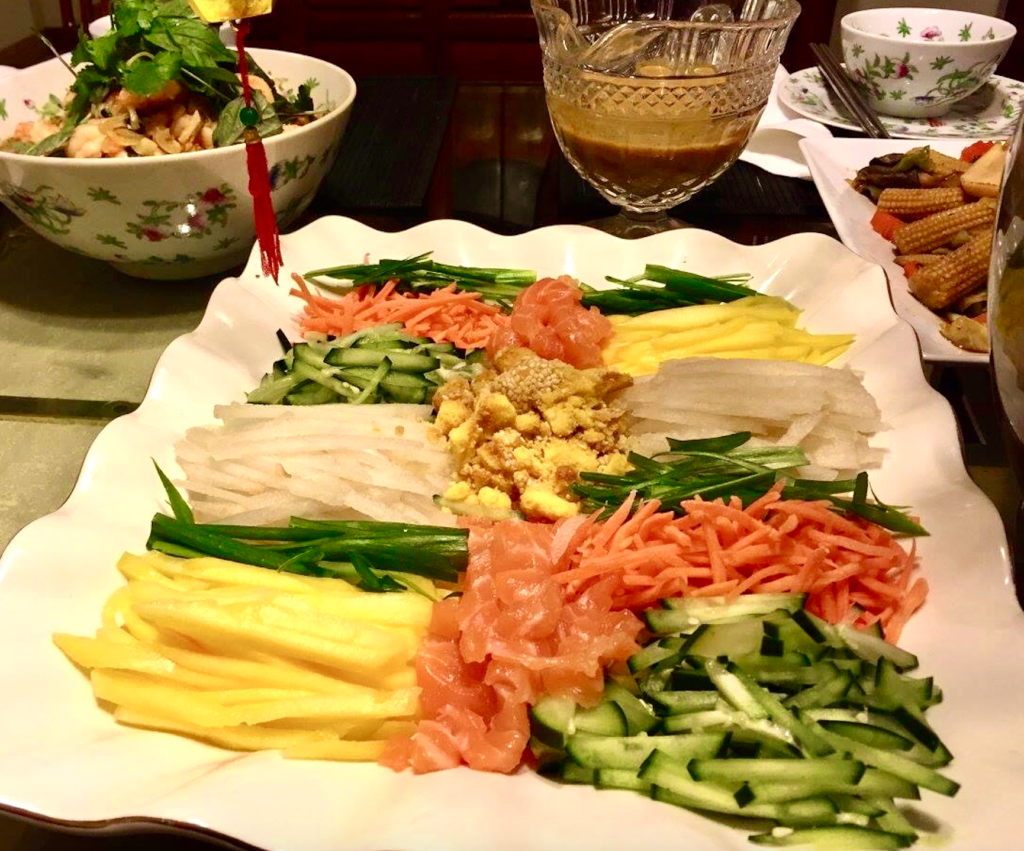
Singapore’s Yusheng or Prosperous Raw Fish Salad. (I use Salmon Sashimi for this dish). The name of the dish sounds like “abundance, prosperity and vigor”. Here’s a great recipe. While tossing this salad, we toast the New Year and make wishes!
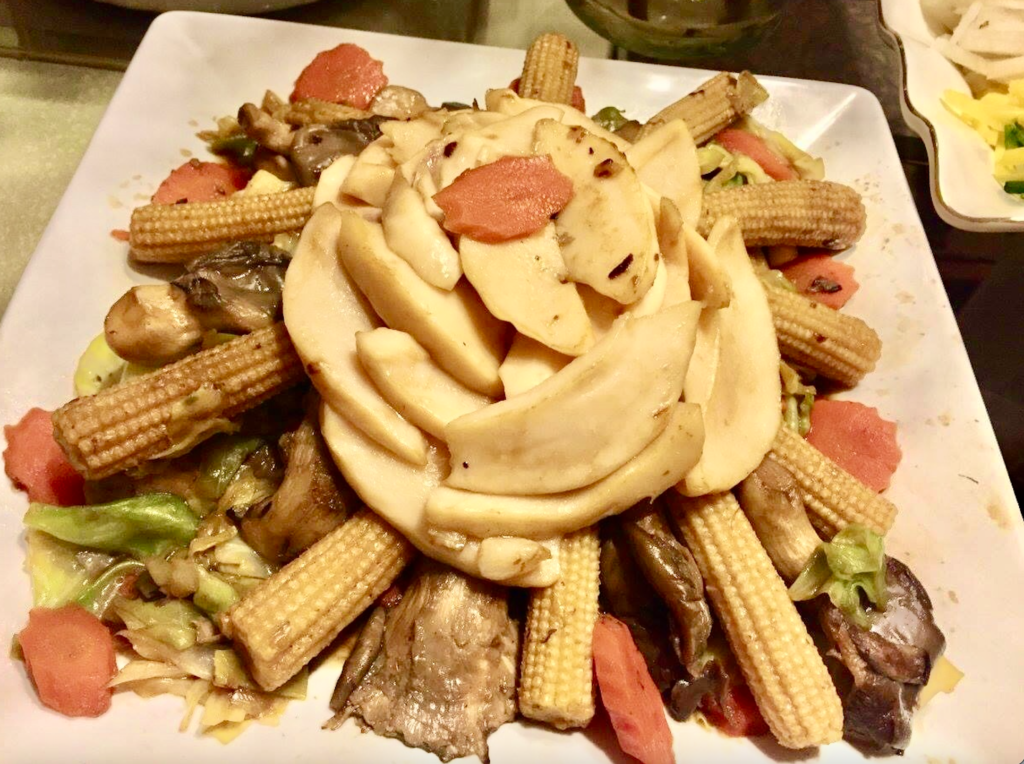
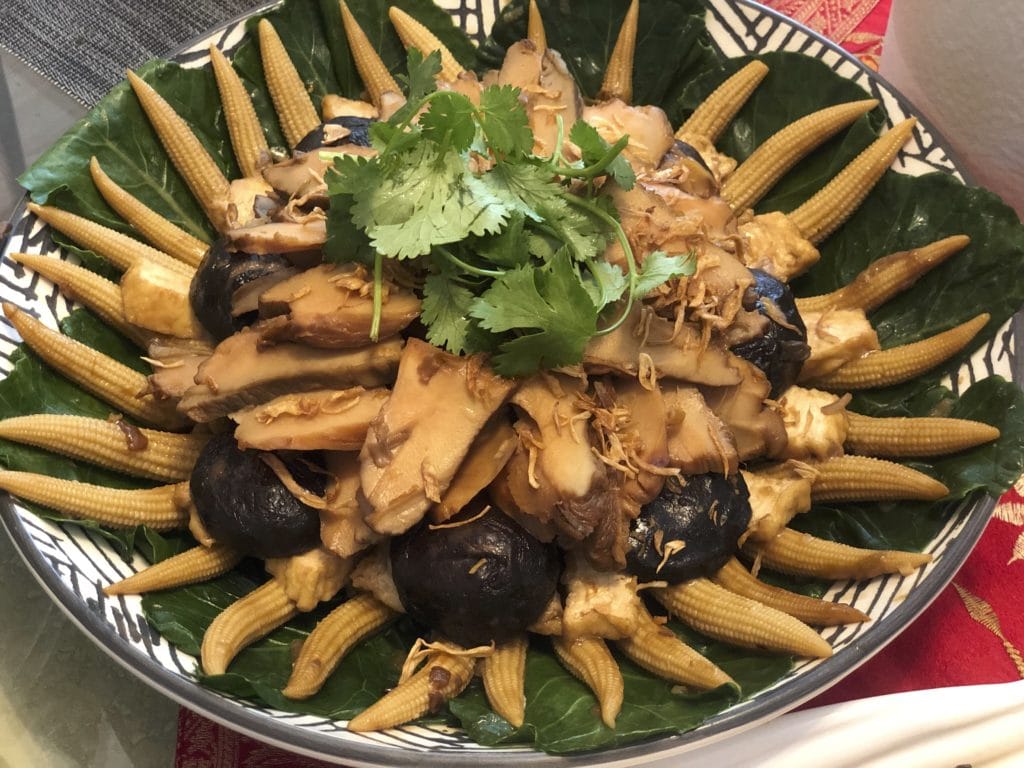
Abalone is a delicacy in Asian cuisines. Here’s a great recipe of Abalone with black mushrooms. I prepared this dish with 8 types of ingredients as the number 8 symbolizes “Prosperity” in Chinese.
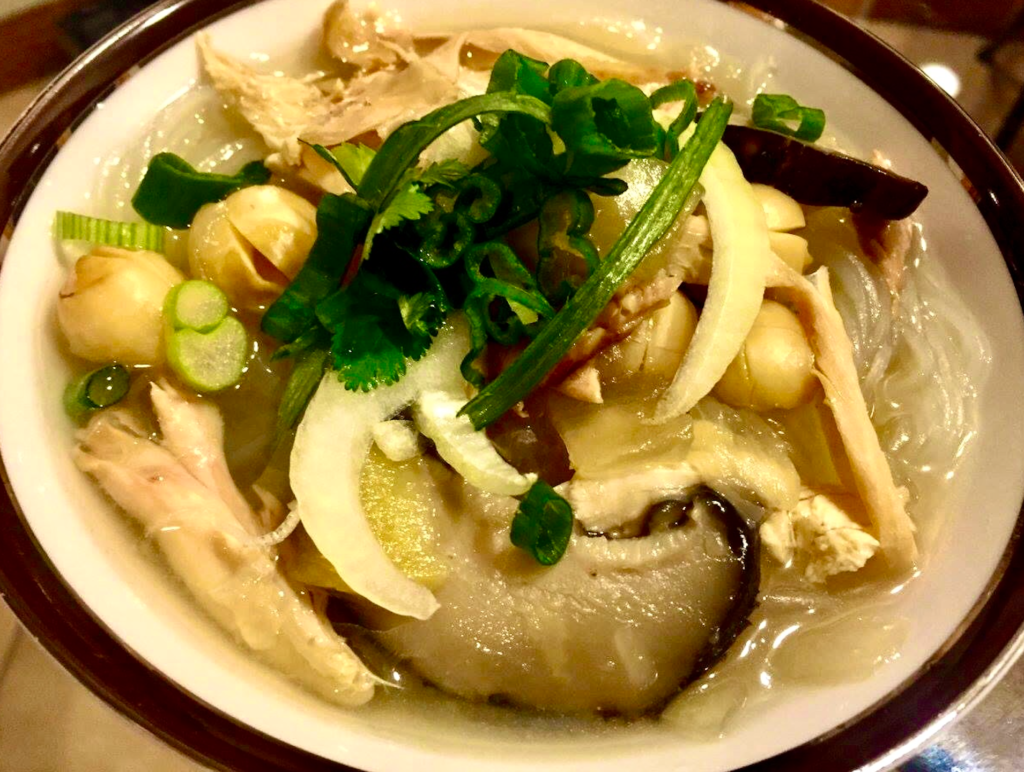
Noodles are usually an important part of the Lunar New Year meal as long strands of noodles symbolize Longevity. Here’s my Vermicelli Soup with chicken, shitake and lotus seed –
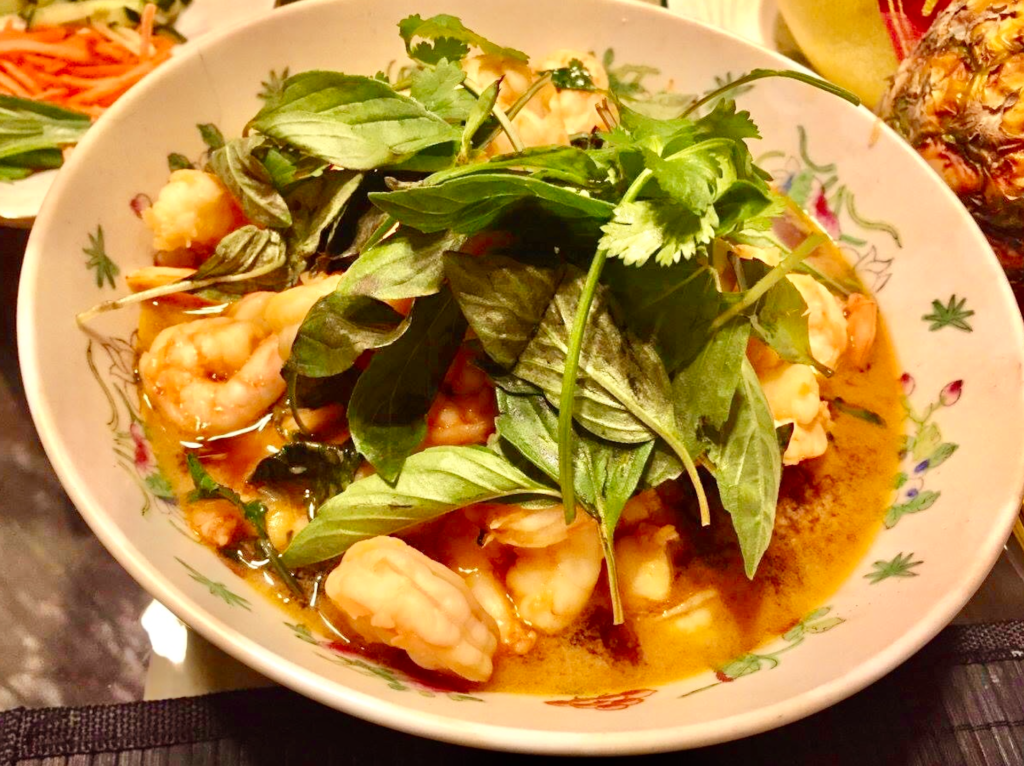
Lunar New Year menu includes Prawns as the word in Chinese sounds like “Laughter”. Who doesn’t want to start the year with joy and laughter? Here’s my Thai Basil Prawns. Here’s the recipe.
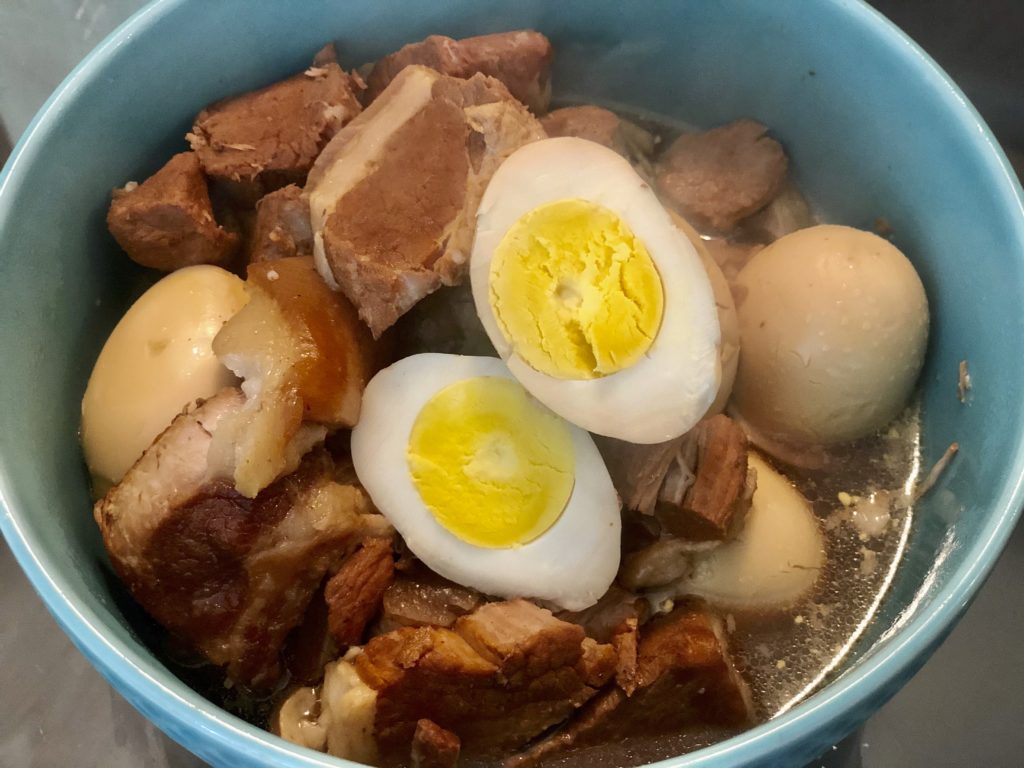
Vietnamese Thit Kho – Fatty Pork symbolizes abundance and luck and eggs mean fertility or a new beginning. Here’s my Thit Kho recipe.
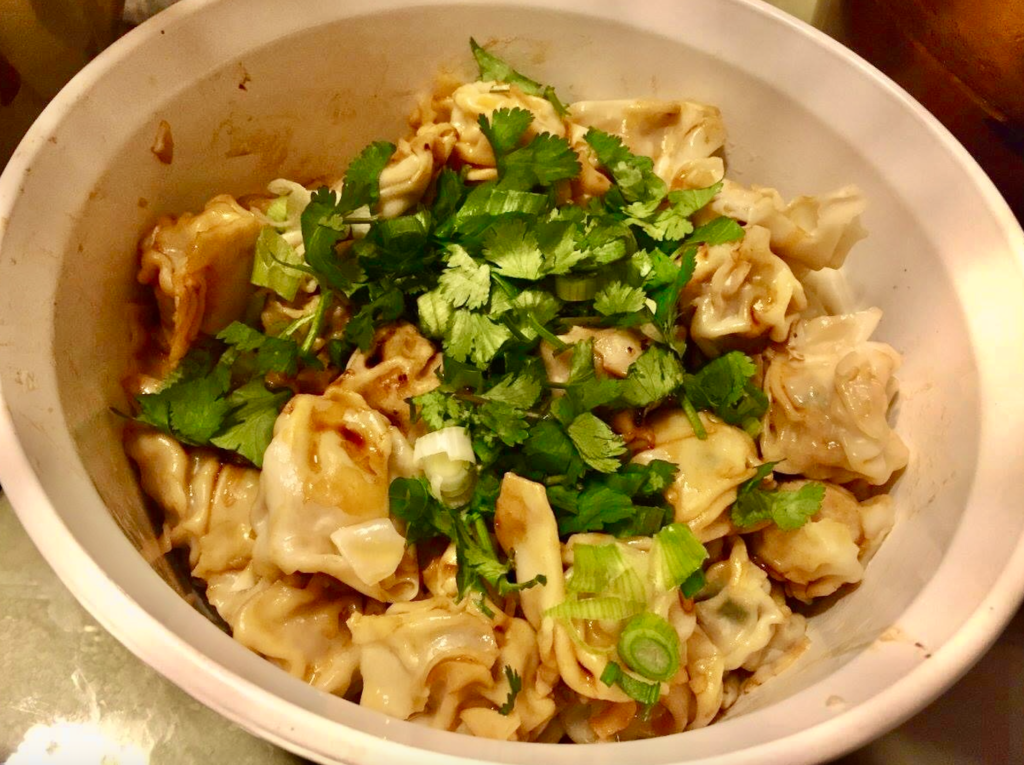
Dumplings in chili sesame oil and soy sauce… Eating dumplings in the New Year means ‘Bringing in wealth and treasure’. Here’s a great recipe.
Whole Chicken for family togetherness. It’s traditional to serve a whole chicken during the Lunar New Year.
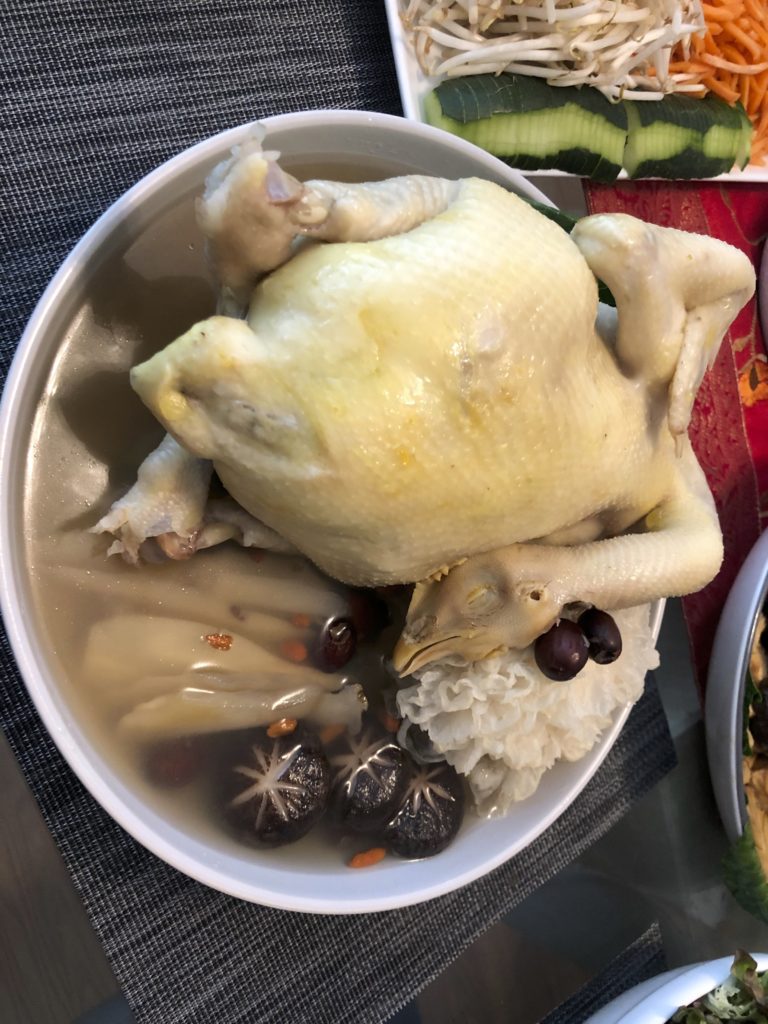
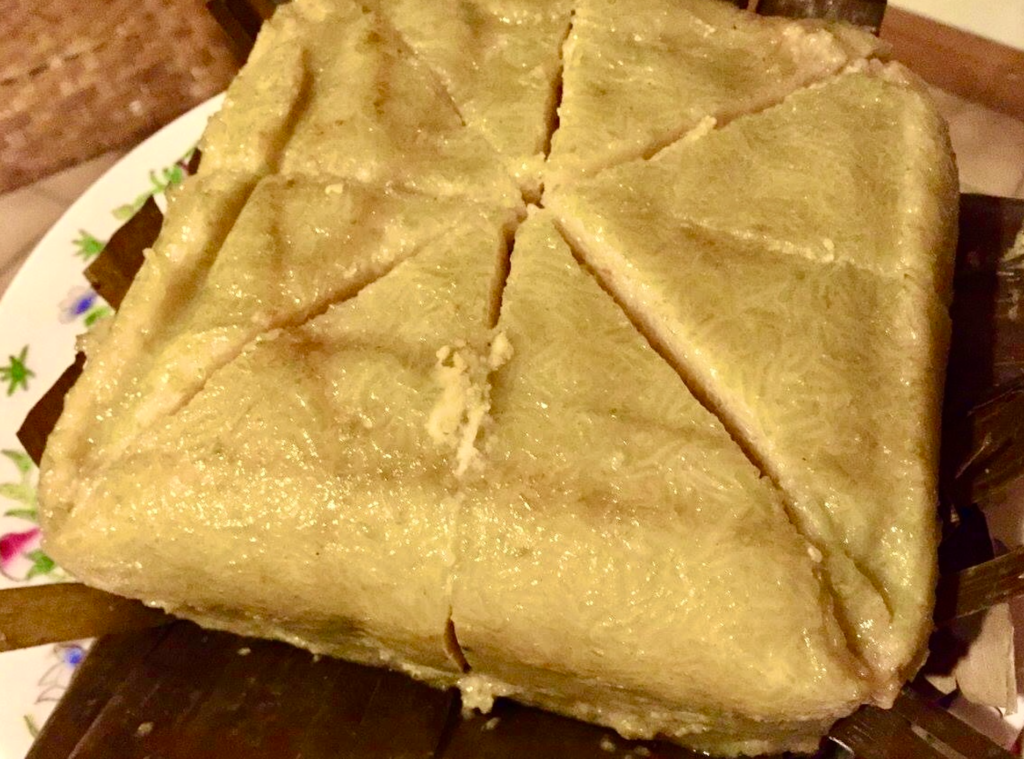
Every Vietnamese family serves Bánh chưng during the Lunar New Year. Bánh chưng is a traditional rice cake which is made from glutinous rice, mung beans, marinated pork. Its origin is told by the legend of Lang Liêu, a prince of the last king of the Sixth Hung dynasty who became the successor thanks to his creation of bánh chưng and bánh giầy, which symbolized, respectively, the earth and the sky.
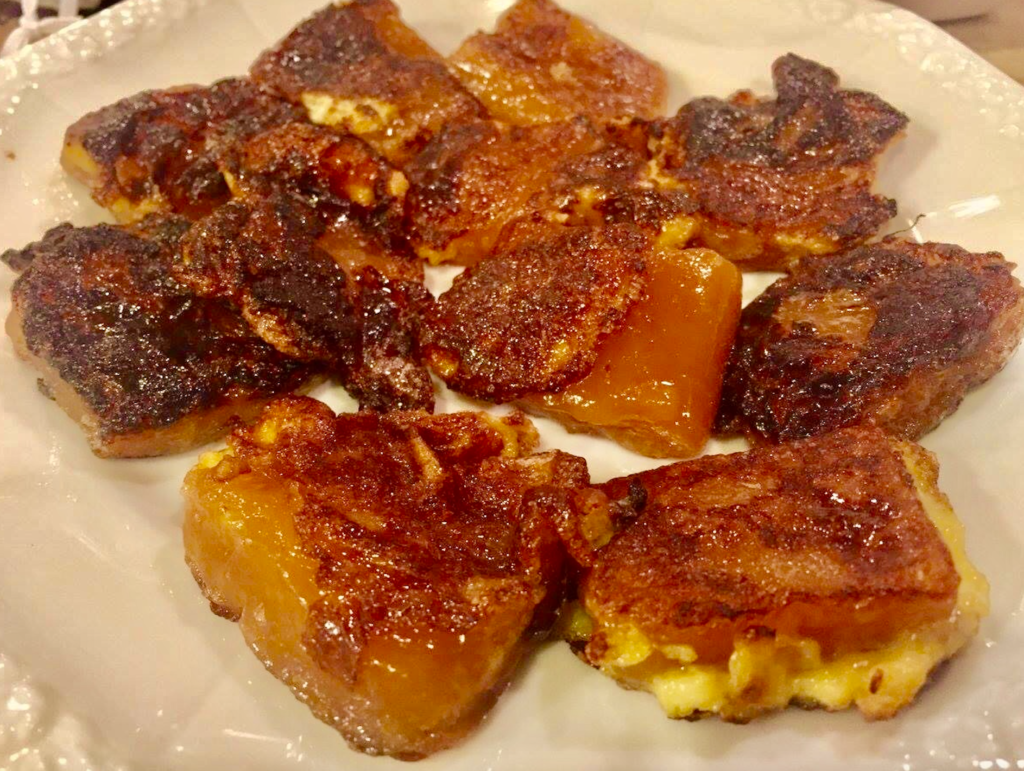
Nian Gao, the traditional New Year sticky rice cake for dessert. Eating nian gao has the symbolism of raising oneself higher in each coming year. Nian Gan can be purchased from Asian stores. I like to cut the cake into small tiles, dip in beaten egg, and pan fry till golden. It’s really delicious, enjoyed with hot tea!
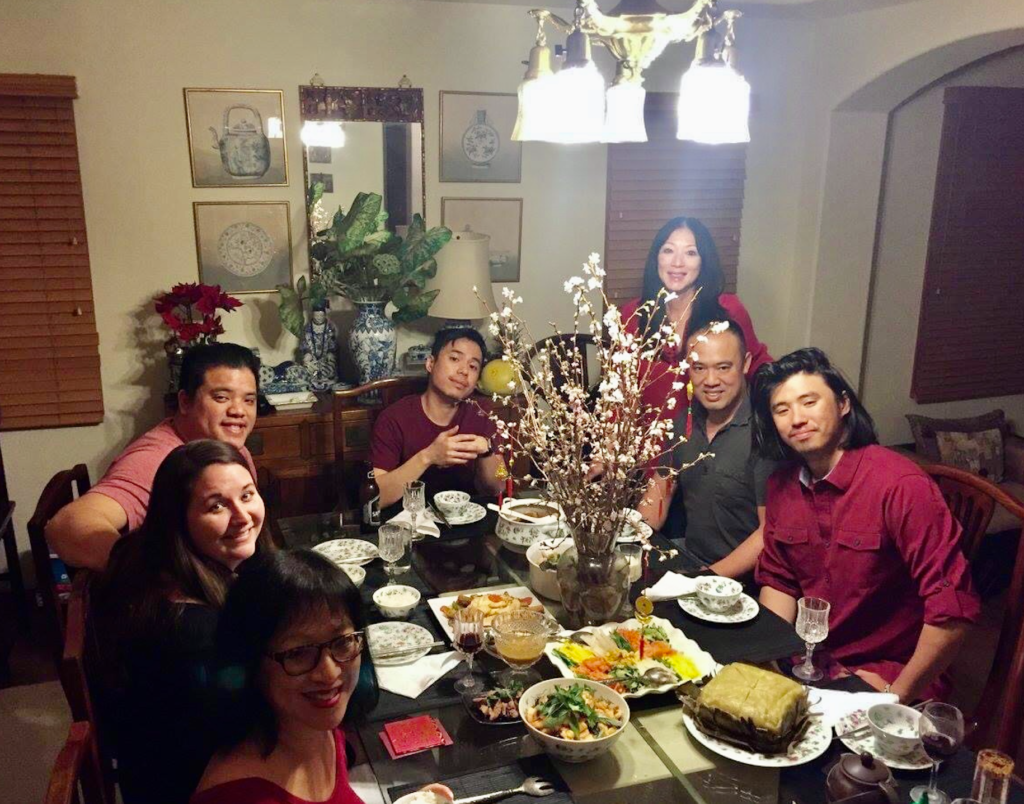
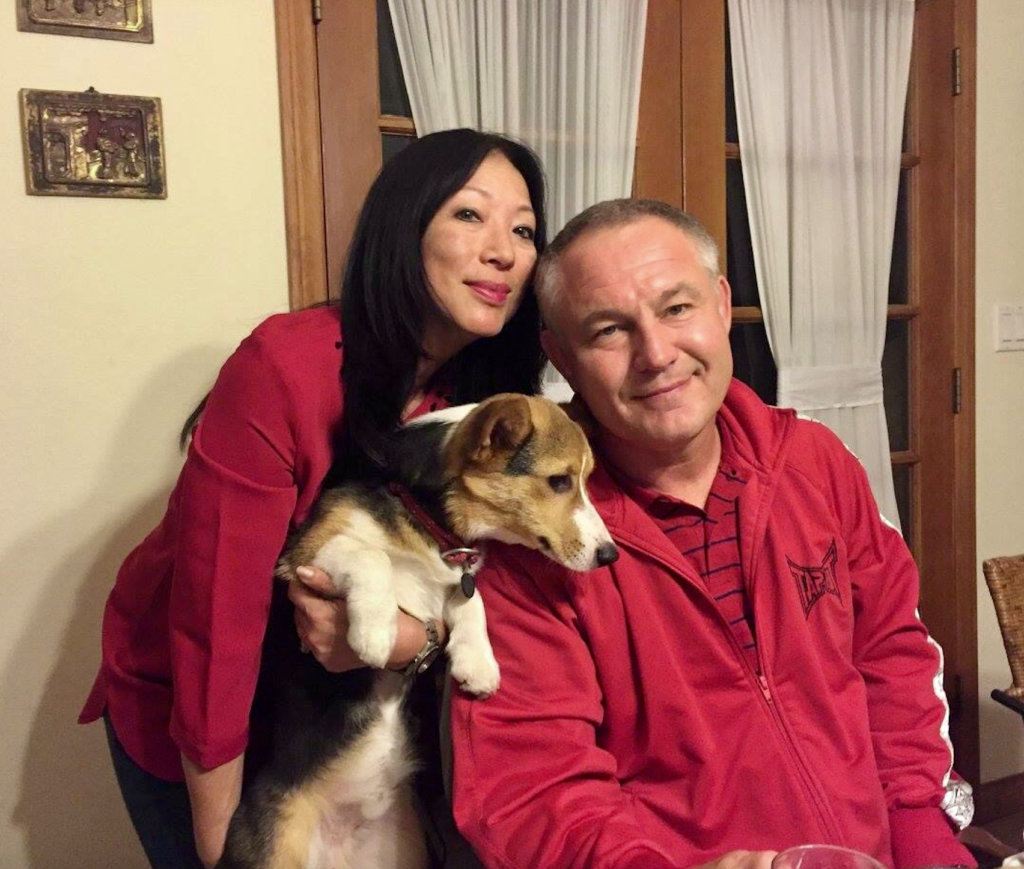
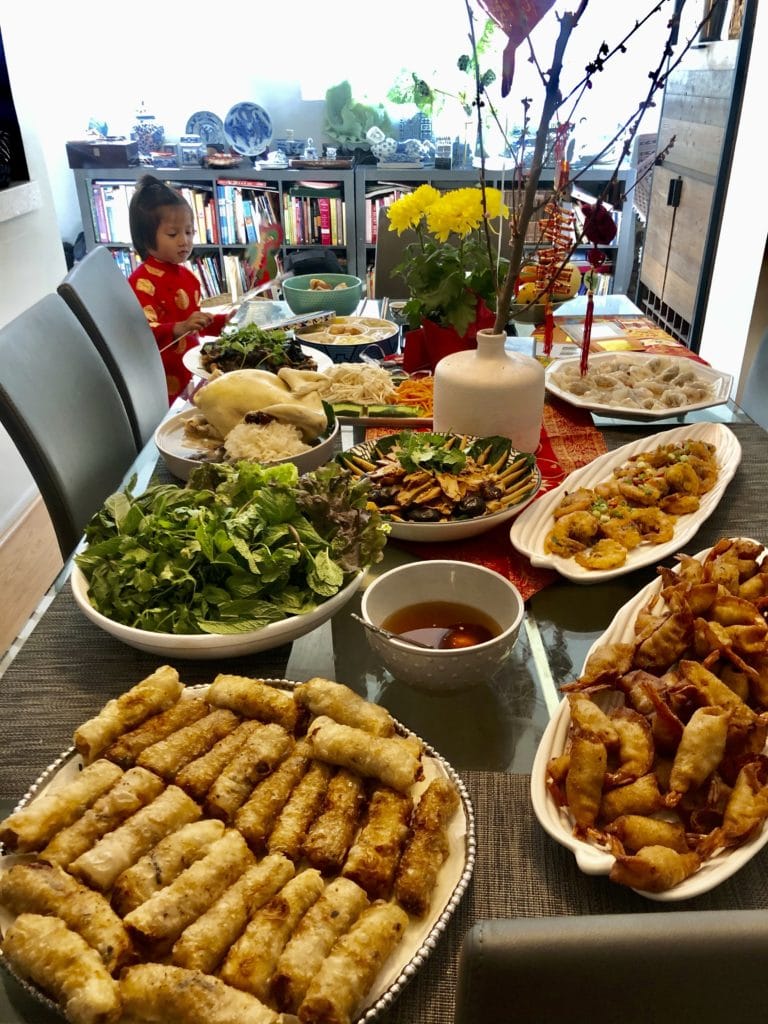
During the Lunar New Year, it brings blessings and good luck to visit the temple.
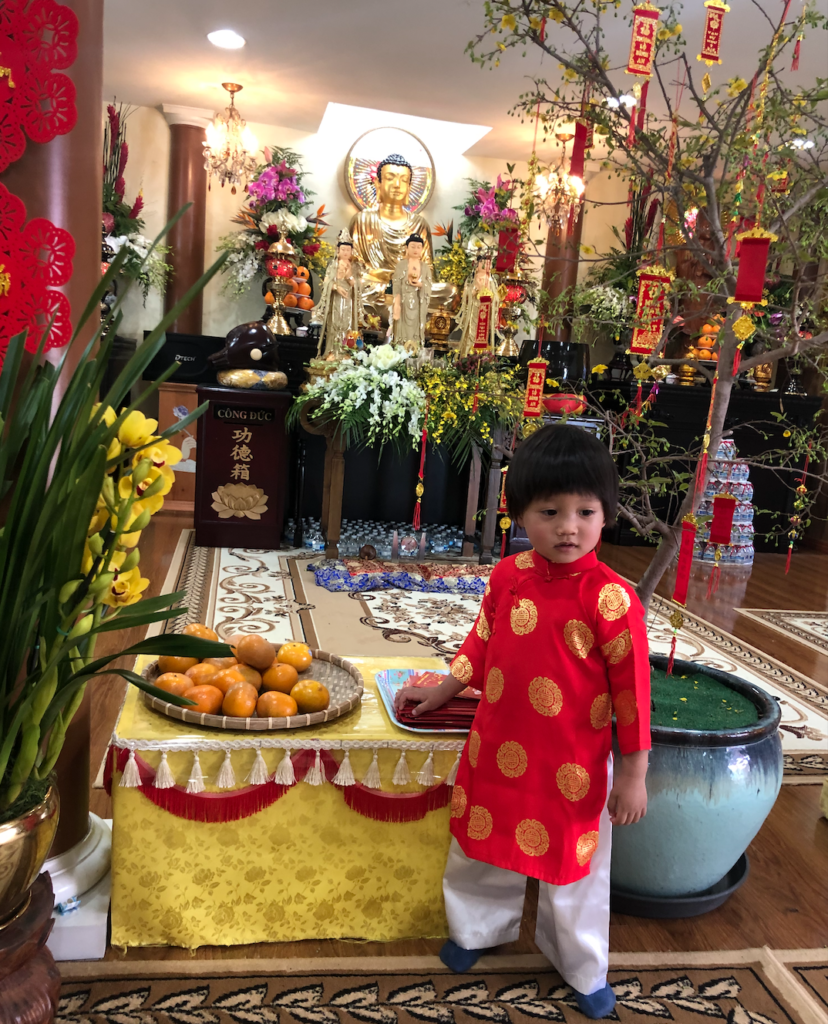
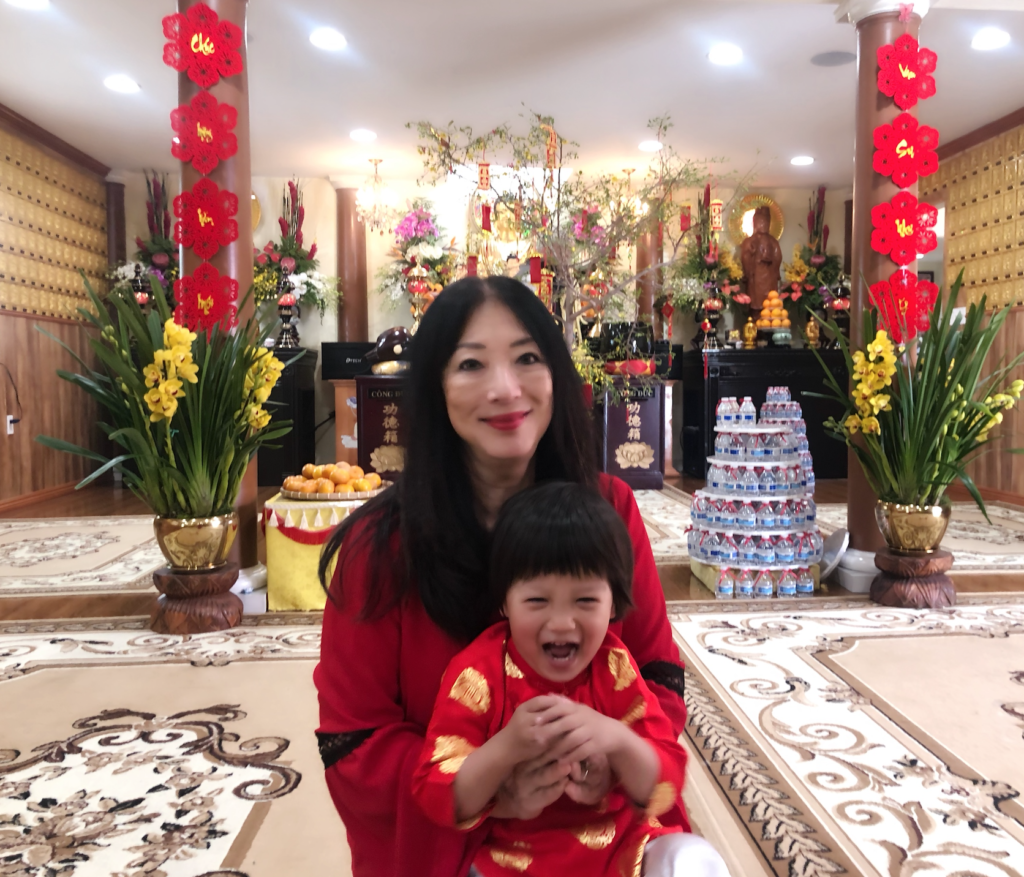
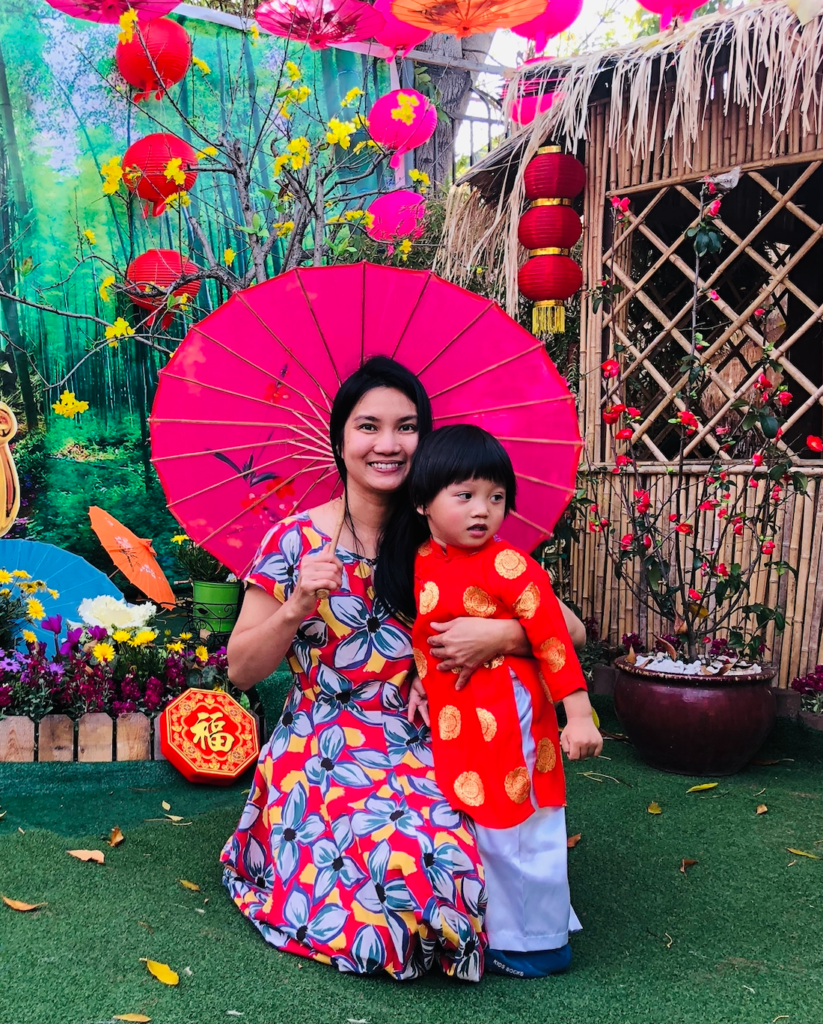
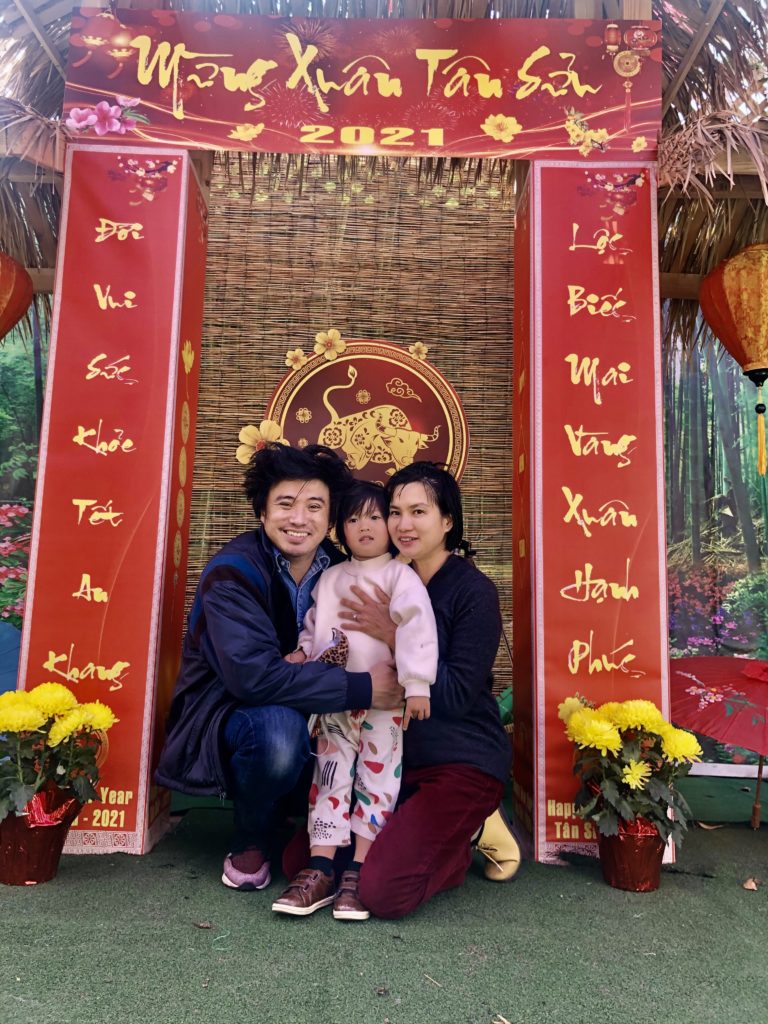
Red lanterns, colorful decorations and clothes bring good luck and keep evil spirits away.
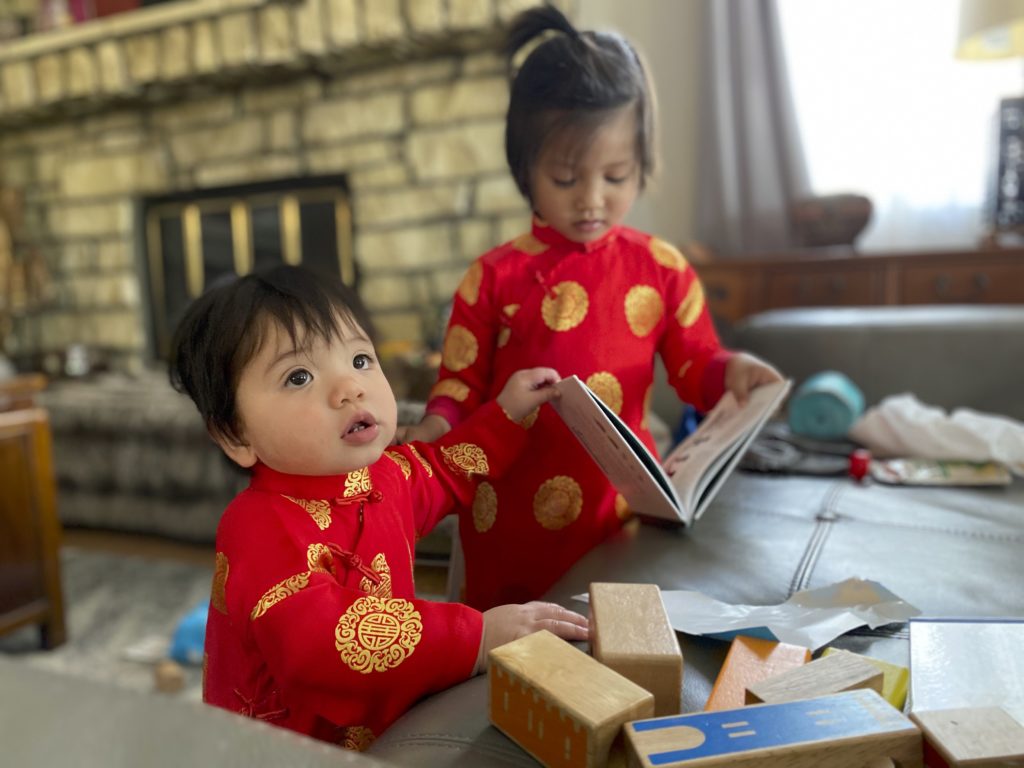
To celebrate the Lunar New Year or Têt – for the Vietnamese – the home should be filled with happy noises and laughter! It’s customary to play betting games or to gamble. The most important point is to relax, play and have fun!
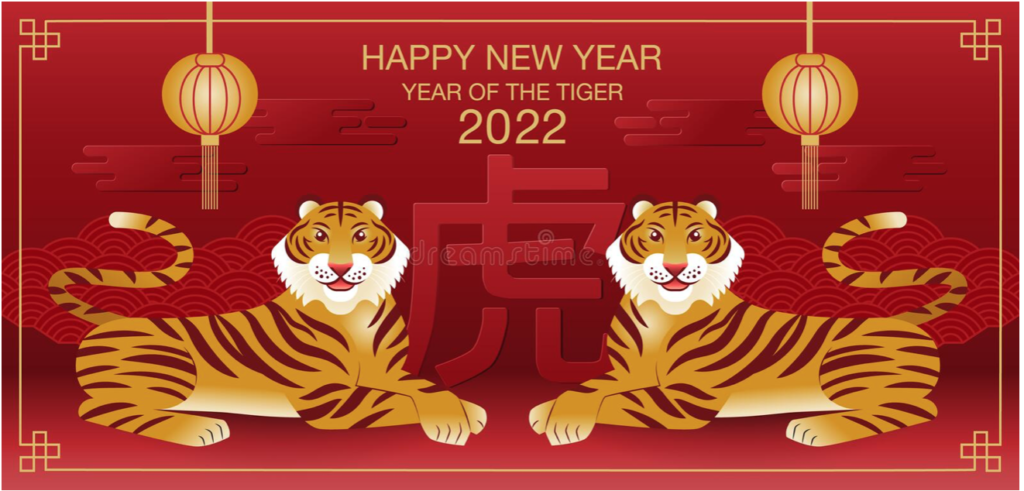
We hope you love the products we recommend. Just so you know we may collect a compensation from the affiliate links on this page if you decide to shop from them, at no extra cost to you. Thank you for your support.

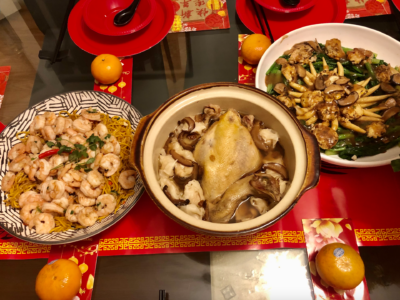
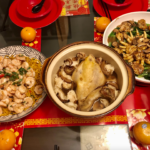










 Authentic Chicken and Fish Noodles Soup – Hu Tieu Ga Ca
Authentic Chicken and Fish Noodles Soup – Hu Tieu Ga Ca
I hope the next year will be without COVID!